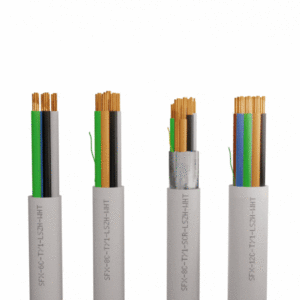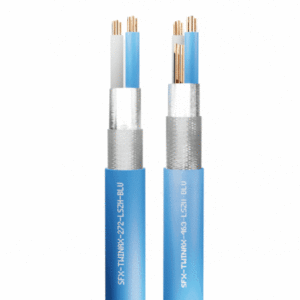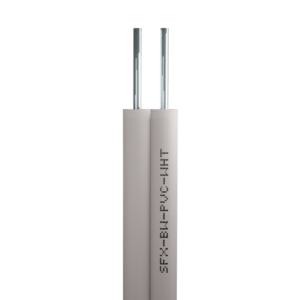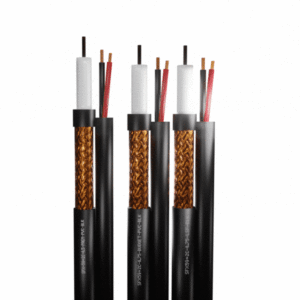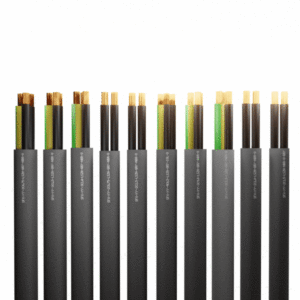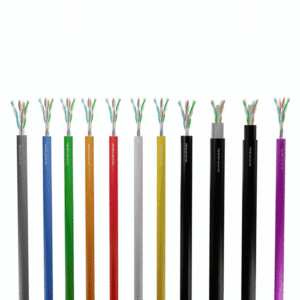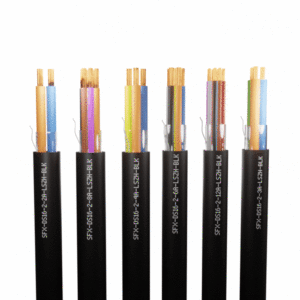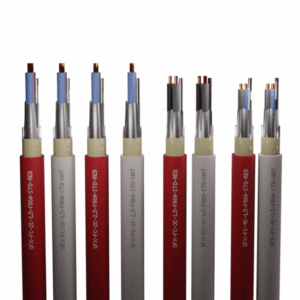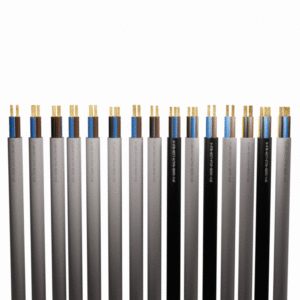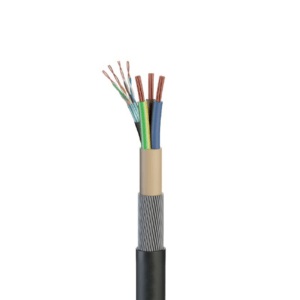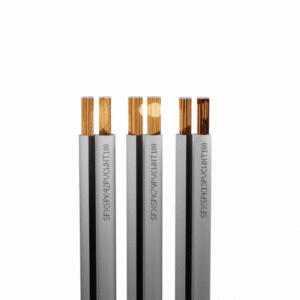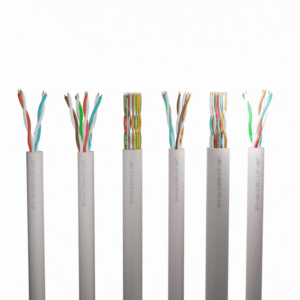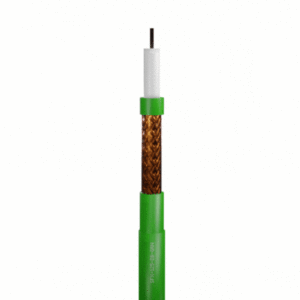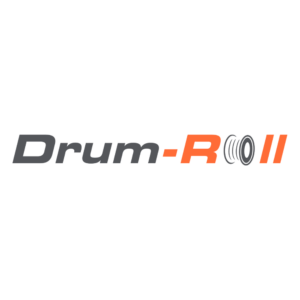Articles
Filter by article type below

Connectivity – Spec Sheets
Our connectivity spec sheets will allow you to determine which items are the best fit for your data cable connections.…

Cabinets & Accessories – Spec Sheets
Our cabinets and connectivity spec sheets will allow you to determine which cabinets and accessories are right for your data…

Cabinets & Connectivity – Brochure
Our cabinets and connectivity brochure is packed full of information about the range, and how it can help your data…

Cabinets & Connectivity by Securi-Flex
📢 ANNOUNCEMENT! 📢 BRAND NEW FOR 2024! Our range of Cabinets and Connectivity equipment is designed for ultimate server room flexibility…
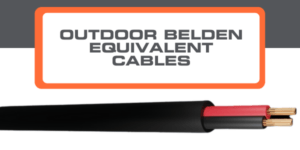
Securi-Flex® Outdoor Belden Equivalent Cables
The Brand "Belden" has long been synonymous with quality and reliability. Securi-Flex® are a leading provider of outdoor-rated cables…

Securi-Flex® Is attending the ECN Awards 2023
Finalist for Cabling/Cable Management Product of the Year Securi-Flex® is proud to announce that we have been shortlisted for…

Christmas Giveaway at Securi-Flex®!
December Competition Time ❄⛄ This month we are giving one lucky winner the chance to win a Luxury Christmas Hamper…
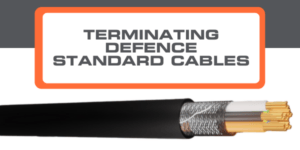
Terminating Defence Standard Cables: A Step-by-Step Guide
The termination of Defence Standard Cables demands precision and expertise. We are going to explore the process of terminating Defence…
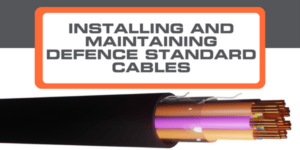
Installing and Maintaining Defence Standard Cables
Ensuring the Durability and Longevity of Defence Standard Cables Installing and maintaining Defence Standard Cables is an important aspect of…
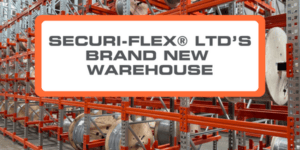
Securi-Flex® Ltd’s Brand New Warehouse
A Hub of Innovation and Efficiency The team at Securi-Flex® Ltd are proud to announce the unveiling of our Brand…
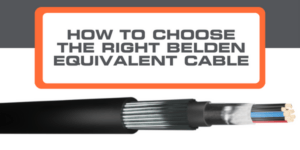
How to Choose the Right Belden Equivalent Cable
Competitive Belden Equivalents by Securi-Flex® In this article, we will guide you through the process of selecting the right Belden…
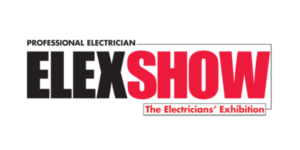
Securi-Flex® Exhibits at the ELEX Show – Sandown Racecourse 2023!
ELEX Show at Sandown Race Course 2023 - Completed ✔ Our Assistant Sales Manager Holly Pulham and our Account…
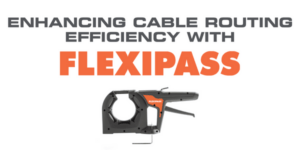
Enhancing Cable Routing Efficiency with FLEXIPASS
Cable routing can be a challenging task, particularly when dealing with delicate data cables, tight curves, and varying heights. FLEXIPASS…

Award Winning Customer Service with Securi-Flex®!
🍾 We did it! 🍾 Securi-Flex® Ltd is proud and elated to announce our recent triumph at the EW Awards…
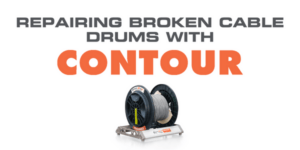
Repairing Broken Cable Drums with CONTOUR
How to Repair a Broken Cable Reel: Cable drums are an essential component designed to store, transport, and unwind cables…
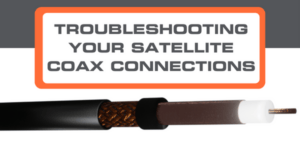
Troubleshooting Your Satellite Coax Connections
Ensuring a Seamless TV Experience Satellite television has become an integral part of our entertainment landscape. It offers a multitude…
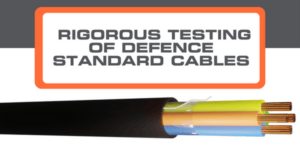
A Look at the Rigorous Testing of Defence Standard Cables
Defence standard cables connect and power the intricate web of communication, surveillance, and weapon systems in the military domain. These…
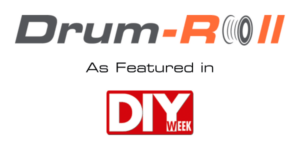
Drum-Roll by Securi-Flex® – Innovative Cable Handling
This article was first published on diyweek.net on 14th August 2023. Click here for the original article. Drum-Roll, the brand-new…
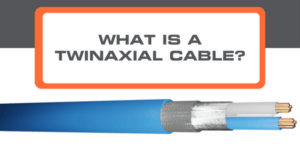
What Is a Twinaxial Cable?
Understanding Twinaxial Cables: How Do They Differ from Coaxial Cables? In data transmission and networking, type of cables play a…
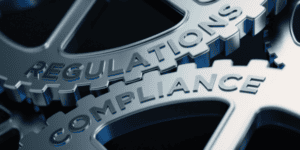
Ensuring Safe and Compliant Electrical Installations
CPR and BS6701:2016+A1:2017 Construction Products Regulations (CPR): The Construction Industry has witnessed significant advancements in electrical systems and technology. This…
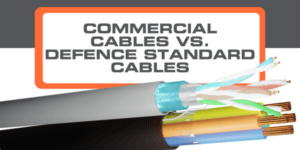
Commercial Cables vs. Defence Standard Cables
Key Differences: Commercial Cables vs. Defence Standard Cables Commercial Cables are responsible for transmitting data, delivering power, and ensuring communication…
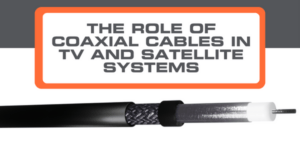
The Role of Coaxial Cables in TV and Satellite Systems
Why are Coaxial Cables essential components in cable TV and satellite systems? In a world driven by technology and entertainment,…
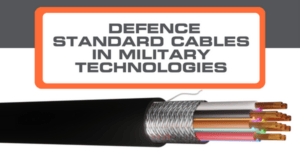
The Backbone of Modern Military Technology
What is the Function of Defence Standard Cables? In modern warfare, where precision, speed, and reliability are crucial, the importance…
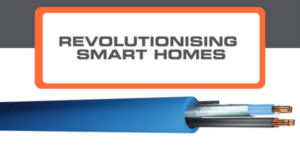
Revolutionising Smart Homes
Enhancing Lighting Control with Securi-Flex® Lutron Cable Equivalent In the realm of smart home technology, Home Lighting Control systems stand…
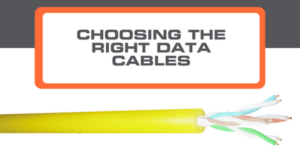
Choosing The Right Data Cables
A Guide for Your Specific Data Cable Needs: In today's electrical world, data cables play a crucial role in enabling…
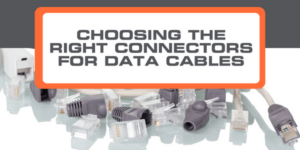
Choosing the Right Connectors for Data Cables
The importance of the Right Connectors for Data Cables: A Wise Business Decision Data cables are the backbone of modern…
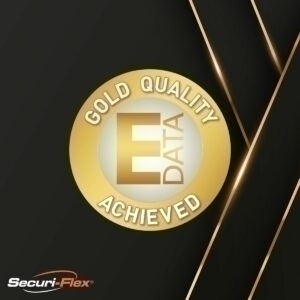
Securi-Flex® has achieved Gold Standard Product Data!
📢 Exciting News!! 📢 We are delighted to share some positive developments in our ongoing efforts to enhance the quality…
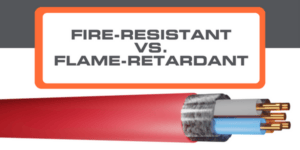
Fire Cables: Fire-Resistant vs. Flame-Retardant
There is a difference! In the realm of modern construction and electrical engineering, safety and reliability are paramount considerations. The…
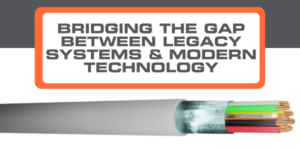
Bridging the Gap Between Legacy Systems & Modern Technology
RS232 Systems: In the ever evolving world of technology, the role of RS232 cables might seem like a thing of…
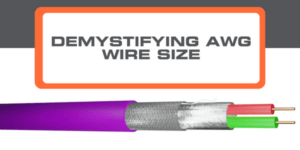
Demystifying American Wire Gauge (AWG)
What is American Wire Gauge? American Wire Gauge (AWG) is the standard method used in the United States to determine…
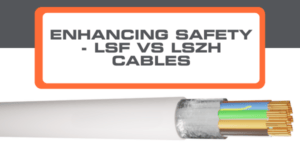
Enhancing Safety – LSF vs LSZH
Understanding The Key Differences Between LSF and LSZH Cable Sheaths: In the intricate realm of the electrical industry, safety remains…
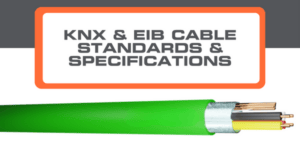
KNX & EIB Cable Standards and Specifications
What is a KNX/EIB cable? The KNX/EIB cable is a special type of BUS cable made for KNX installations, previously…
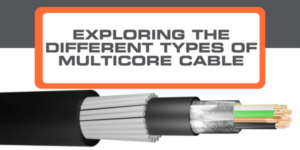
Exploring Different Types of Multicore Cable
A multicore cable, also known as multi-pair cable, is used for transmitting multiple signals or data streams within a single…
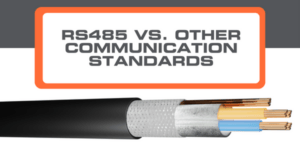
RS485 Cable vs Other Communication Standards – What’s the Difference?
RS485, RS232, and Ethernet are different communication standards used in various applications. In this guide, we will compare them in…
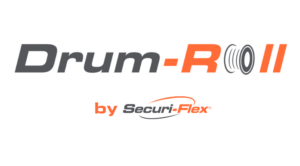
Drum-Roll Catalogue
Check out the full catalogue for our brand new cable handling equipment range, Drum-Roll!

Drum-Roll by Securi-Flex® – Our Brand New Cable Handling Range!
📢 ANNOUNCEMENT! 📢 Drum-Roll, our brand new range of cable handling equipment, is an innovative and durable range set to transform…

Securi-Flex® Launches Brand New Website!
📢 ANNOUNCEMENT! 📢 We're thrilled to announce that our new website has been launched - that's right, we're back, and…
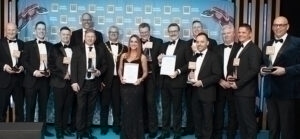
Securi-Flex® attends the 2023 EDA Awards Dinner
The Electrical Distributor’s Association hosted their flagship event of the year in March 2023, The EDA Annual Awards Dinner, which…

Securi-Flex® attends The EDA’s Power It Up Conference
Power It Up is the EDA’s inaugural conference, which welcomed Grant Dixon, Managing Director at Securi-Flex®, along with over 170…

Securi-Flex® attends IBA Gala Dinner as Award Winners!
Securi-Flex® had the pleasure of joining affiliates and members of the IBA Buying Group to attend the annual IBA Awards…
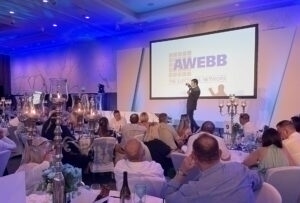
Securi-Flex® attends the 2022 AWEBB AGM in Vilamoura, Portugal
Laura Bedford and Holly Pulham of Securi-Flex® were delighted to attend and support the 2022 AWEBB AGM which took place…

EDA Investor in Training award winners announced
This article was originally published in https://pewholesaler.co.uk on April 22nd 2022. Click here for the original article. Magician Ben Hanlin…

Going for Gold! Leading manufacturer Securi-Flex® joins EDATA
This article was originally published in https://www.eda.org.uk/news/edata-latest-manufacturers-to-join/ on April 30th, 2021. Click here for the original article. Leading manufacturers join…
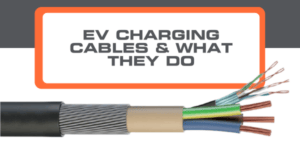
EV Charging Cables & What They Do
This article was first published on pewholesaler.co.uk on 21st October 2021. Click here for the original article. Did you know?…
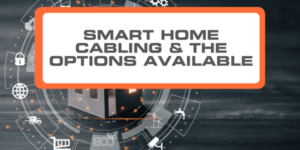
Smart Home Cabling & the Options Available
This article was first published on pewholesaler.co.uk on 16th January 2023. Click here for the original article. The Home Automation…
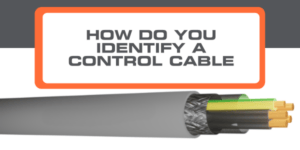
How do you Identify a Control Cable?
Knowing the difference between the different types of cables is always important, especially if you’re working in an environment that…

Home Alarm Wiring for a New House
When you move into a new home, it’s important to take precautions against burglary. The best way to do this…
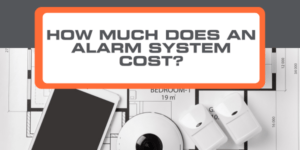
How Much does an Alarm System Cost?
When you’re looking to invest in a Home Alarm System, one of the main concerns we’re sure you’ll have is…
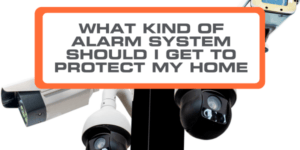
What Kind of Alarm System Should I Get to Protect my Home?
If you’re looking to invest in a new Alarm System for your property, there’s a lot of different options to…
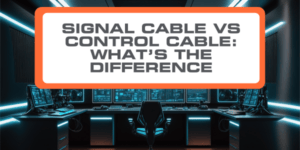
Signal Cable vs Control Cable: What’s the Difference?
Signal cables and control cables are two of the most common types of cable, and while easily confused, they actually…
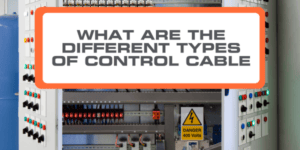
What are the Different Types of Control Cable?
If you’re looking for control cables, we know that some of the names and jargon surrounding them can be a…
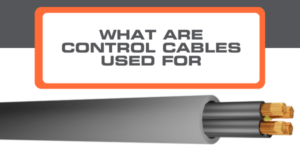
What are Control Cables Used for?
Control cables are integral to process automation in industrial applications, namely for machine tools and assembly lines. They are used…
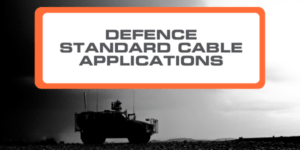
Defence Standard Cable Applications
Defence standard cables were originally created for the defence and military sectors to resist a broad range of situations without…
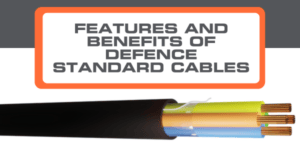
Features & Benefits of Defence Standard Cables
Originally designed for use within the military sector, Defence Standard Cables (often referred to as Def Stan in the industry)…
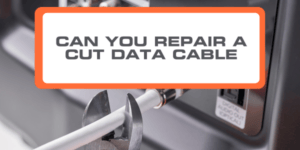
Can you Repair a Cut Data Cable?
Fibre optic cable can be damaged, cut, or fractured by mistake. A major cause of optical fibre failure is backhoe…
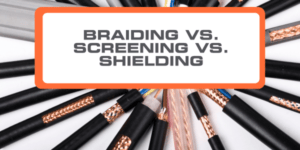
Braiding vs Screening vs Shielding
Cables use screening and shielding to protect the cable and add resistance to interference from other cables or devices. Many…
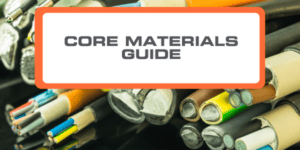
Core Materials Guide
In the majority of cases, the electrical cabling around your home or business will contain pure copper, or at least…
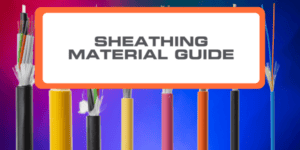
Sheathing Material Guide
With a wide range of cable sheathing options available, it’s hard to know which is best for your installation. A…
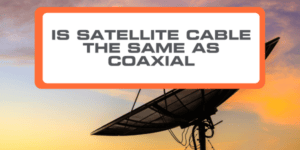
Is Satellite Cable the Same as Coaxial?
With so many different cables on the market, sometimes it’s easy to get mixed up! We’re often asked whether certain…
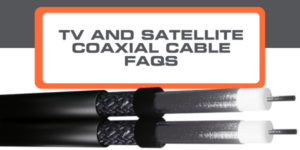
TV and Satellite Coaxial Cable FAQs
There are always questions surrounding some of the most common types of cables. We’re here to break down and give…
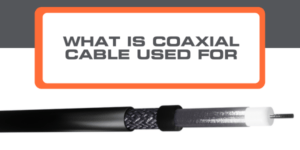
What Is Coaxial Cable Used For?
What Makes Up A Coaxial Cable? Coaxial cables are designed in a way that makes them the most suitable and…
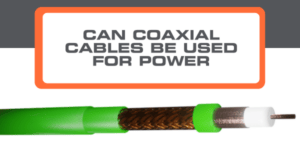
Can Coaxial Cables be Used for Power?
Coaxial Cables are most commonly used for video applications, such as television and CCTV. However, because they’re constructed specifically to…
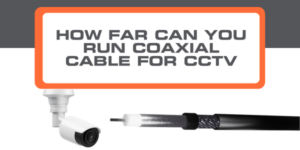
How Far can you Run Coaxial Cable for CCTV?
Most home CCTV systems can use standard-issue RG cables. However, if you’re looking for a CCTV system for a larger…
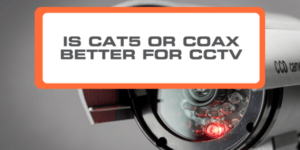
Is Cat5 or Coax Better for CCTV?
For CCTV applications, there are a few different kinds of cables that fit the job, but one of the main…
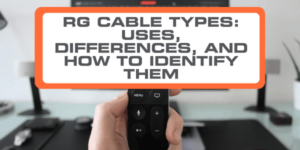
RG Cable Types: Uses, Differences, and How to Identify Them
RG Cables are a type of coaxial cable that are essential for powering televisions, CCTV cameras, and more. Over the…
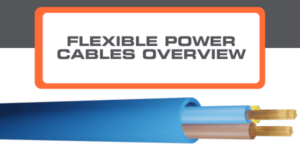
Flexible Power Cables Overview
Flexible Cable, also known as, 'continuous-flex' is a type of cable that provides increased flexibility and durability for applications that…

What is the Difference between Armoured Cable and Flexible Power Cable?
When carrying data or conducting power in adverse conditions, it is critical to safeguard your cables to ensure safe and reliable…
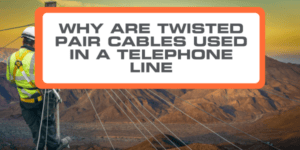
Why are Twisted Pair Cables used in a Telephone Line?
Twisted pair cabling is used for telecommunications services as well as most recent Ethernet networks. A circuit is formed by a…
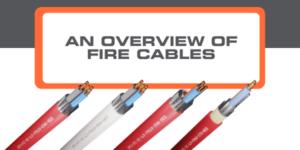
An Overview of Fire Cables
In the event of a fire, the situation can quickly get out of control. After a short period, typically no…
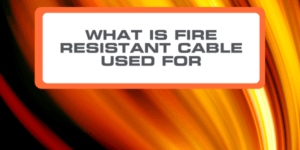
What is Fire Resistant Cable Used For?
A protective sheath covers fire resistant cable, preventing the spread of flames while decreasing the quantity of smoke and harmful…
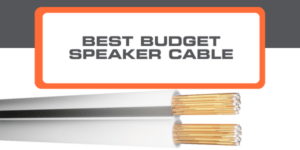
Best Budget Speaker Cable
It is undeniable that a speaker cable can make a significant difference to your sound system. While it will not…
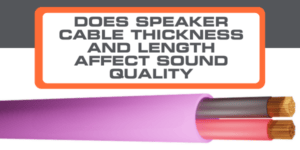
Does Speaker Cable Thickness and Length Affect Sound Quality?
Understanding your speaker system's wire thickness and length requirements is crucial to having a working setup. Cable gauges can vary…
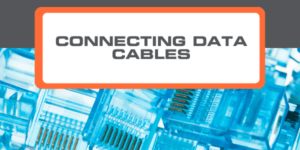
Connecting Data Cables
Ethernet connections provide a better and more secure connection than wireless ones. The cables are also affordable, simple to locate,…
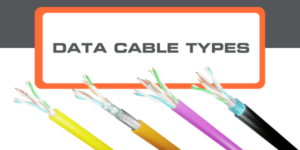
Data Cable Types
Data cables are used to transmit electronic data from one location to another. Data cabling is either copper or fibre…

Does Data Move Through Cables?
Data transmission through cable follows the same principles as electricity transmission via a length of metal wire - data transmitted…
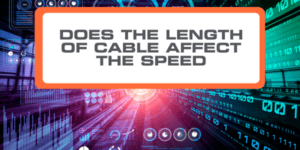
Does the Length of a Cable Affect the Speed?
Network speed is not significantly affected by the length of an ethernet cable, especially with current/recent cables and networks. Nonetheless,…

What is the Best Ethernet Cable for Networking?
Ethernet cables are a type of data cable. ‘Ethernet’ is the technique used for connection to a local area network,…

Is Data and Ethernet Cable the Same?
Network cable is a broad phrase that covers a wide range of uses and types of data cable. Ethernet is…

